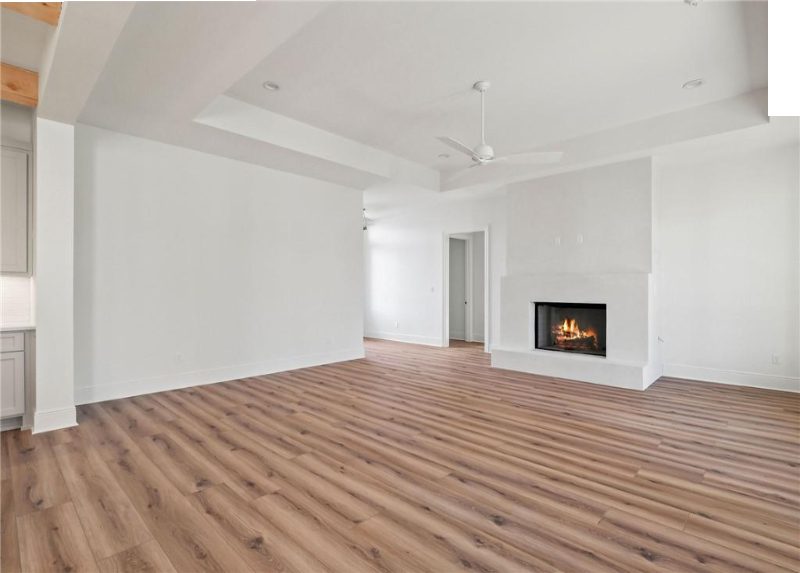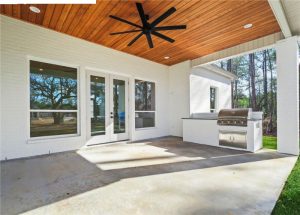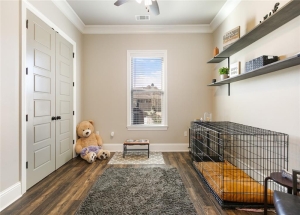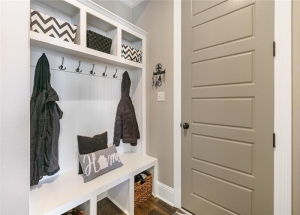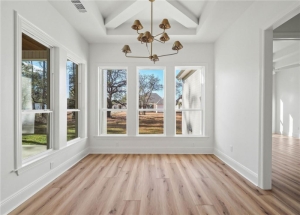Understanding the Cost of Your Dream Custom Closet
Deciding to invest in a custom closet often begins with one key question: “How much does it cost?” It’s a common inquiry with a not-so-simple answer: It depends. The cost varies significantly based on the size of the space and the specifics of what we’re installing. However, to give you a ballpark, the average custom closet cost ranges from $2,500 to $10,000, with many homeowners finding their projects fall between $3,500 and $5,000. This variation is largely dependent on the closet size and the level of customization.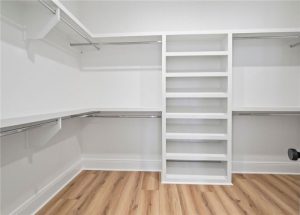
The Price of Personalization
At Inspired Closets, we specialize in crafting custom closets tailored to your exact needs and specifications, using commercial-grade materials that promise longevity and durability. Our approach focuses on solving your storage dilemmas without overdesigning, ensuring the solution addresses your needs within a budget that makes sense for you.
Cost Factors of Custom Closets
1. Size and Scope: Naturally, the larger your closet, the higher the cost. A sprawling boutique closet with luxurious additions like an island will be pricier than a modest walk-in or reach-in closet.
2. Installation Type: The installation method affects the cost. Wall-hung systems are generally less expensive than floor-mounted ones due to the reduced material usage. However, floor-mounted or hybrid closets can offer that coveted built-in look.
3. Design Features: The choices you make during the design phase — from the number of drawers and doors to the color and finish — significantly impact the final price. Our Idea Gallery showcases the wide range of customization options and their associated costs.
Breaking Down Design Features
The cost of your custom closet is influenced by several design features:
– We offer a spectrum of colors and finishes to match your style or create a bold new look.
– The quantity and style of drawers and doors can increase the cost, particularly if you’re eliminating other furniture pieces.
– Efficient shoe storage can transform your routine, with options ranging from standard shelves to our exclusive Shoe Shrine®.
– Incorporating built-in laundry hampers can add convenience and organization.
– Custom lighting, from simple solutions to advanced motion-sensor systems, enhances both the functionality and ambiance of your closet.
– The choice of hardware finish can affect the aesthetics and cost.
– Specialized storage for jewelry, belts, ties, and more, tailors the space to your lifestyle.
– Our advanced design software allows for real-time adjustments and visualization, helping you make informed decisions about your custom closet.
The Cost of Doing Nothing
While considering the price of a custom closet, it’s also worth contemplating the cost of inaction. Living with insufficient storage can lead to stress and disorganization. Research indicates that an organized space can significantly reduce stress levels, making the investment in a custom closet not just a matter of aesthetics, but also a step towards a healthier, happier lifestyle.
Ultimately, the cost of a custom closet from Inspired Closets is an investment in your home and well-being. Our mission is to deliver a personalized, organized space that meets your needs without breaking the bank. By understanding the factors that influence cost, you can make informed decisions and invest in a closet that brings joy and order to your life.

